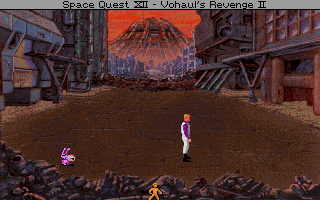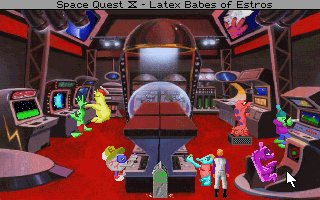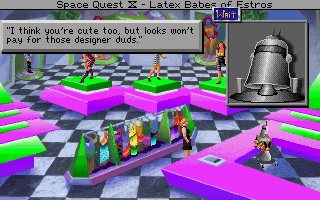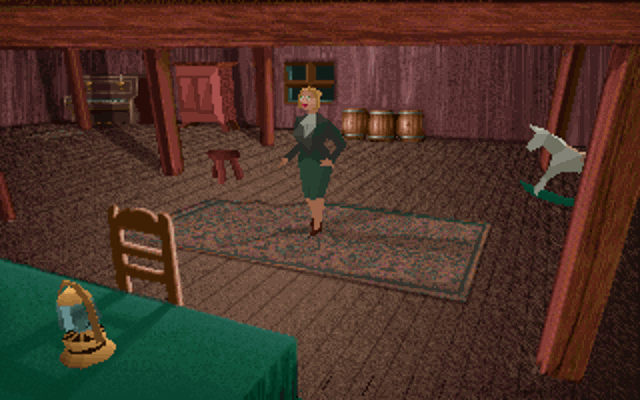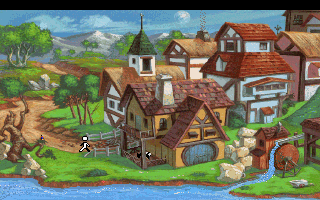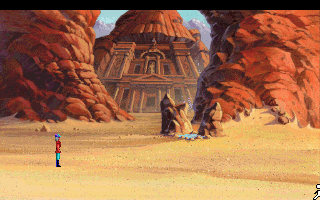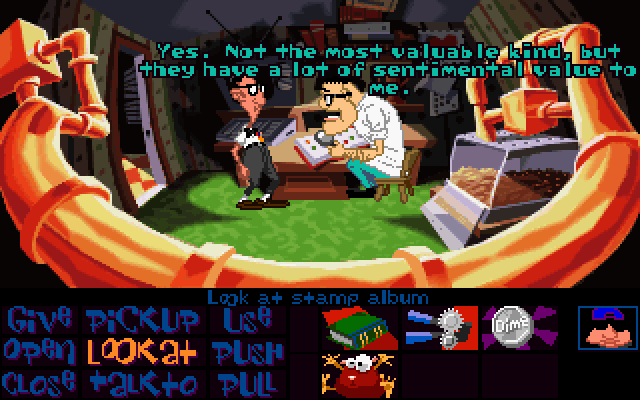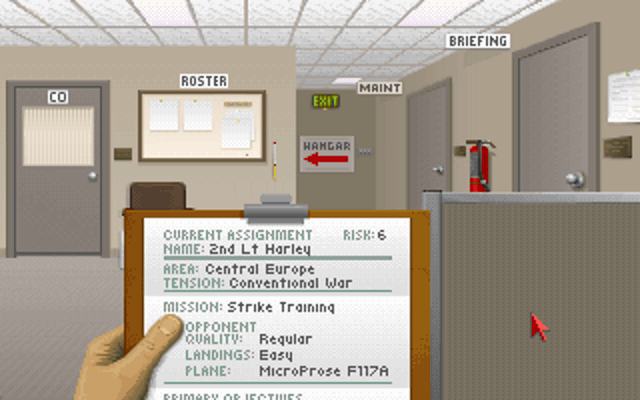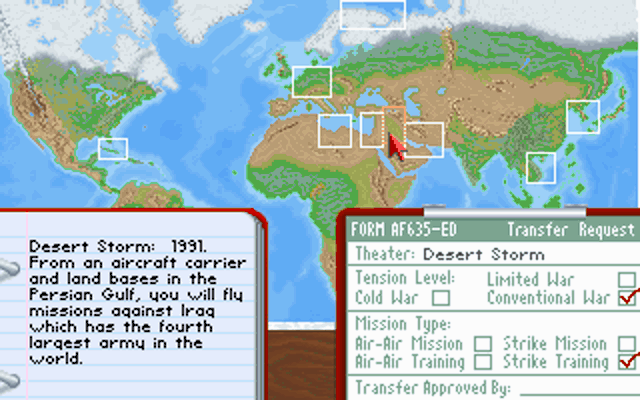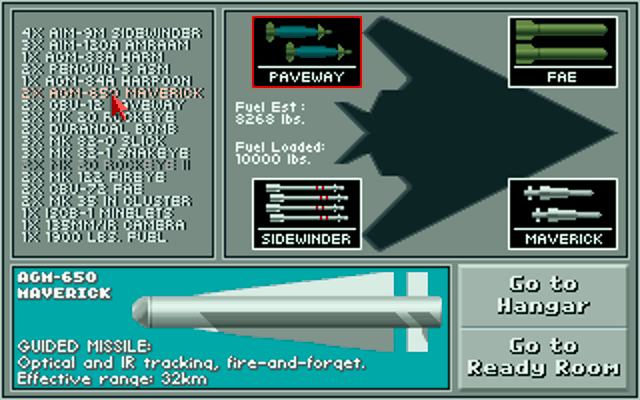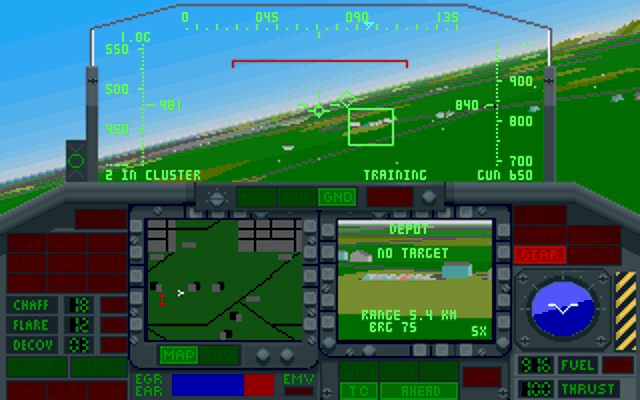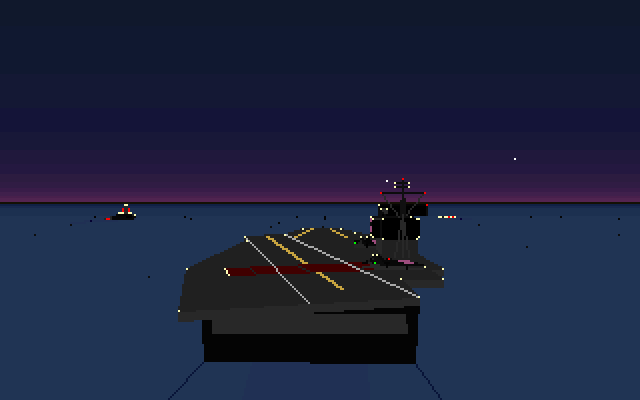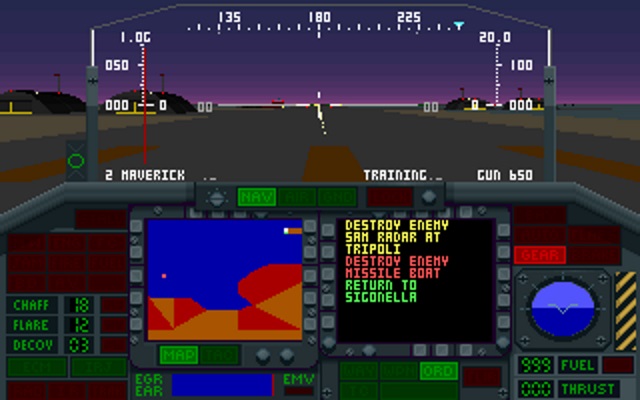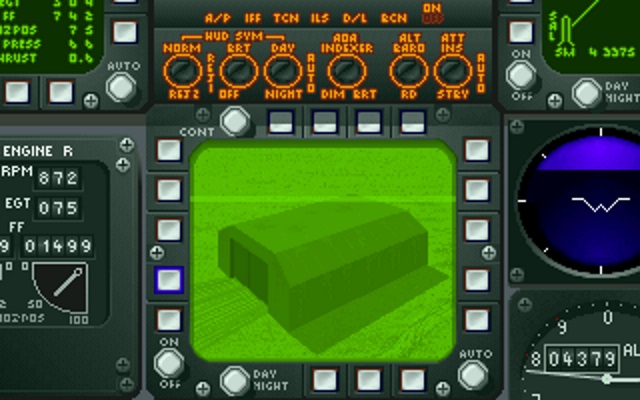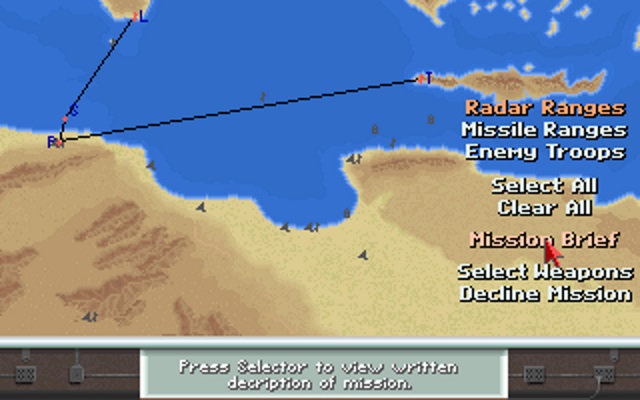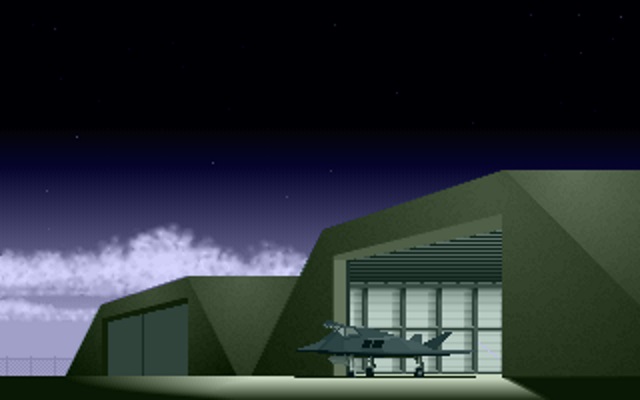Reviving a Chips & Technologies 386 Motherboard - Part 4
In part 3 I ran some synthetic benchmarks on the 80386 motherboard, and saw some fairly decent improvements by the end, +30% graphics card performance, and a general feeling the system was operating at a faster clip.
The era that this motherboard would have been popular was a curious time when PC gaming was starting to take off. A 386 like this would have been primarily bought for serious business tasks, such as word processing (remember WordPerfect?), creating spreadsheets in Quattro or Lotus 1-2-3, and storing and retrieving data from a database using DBASE/4 or Paradox. It would also be a great performer for desktop publishing, but I want to see how capable it is at running some games!
Before I do though, I wanted to get someone else's performance stats running off the fastest 386 available - the 386DX-40. I watched a YouTube video made by Phil at Phil's Computer Lab, where he was running Doom with this CPU on a Forex motherboard. The graphics card he used was a VESA Local Bus-based Cirrus Logic CL-GD5424, which scored the following:
3d Bench: 15.3 - the best we got in Part 3 was 6.8 on the Western Digital WDC-90C30-LR Paradise PVGA1A ISA card.
TopBench: 88 - our best was 66, again from the PVGA1A.
Norton SI 6.01, non-GUI version: 43.2 - my tests in part 3 were the later GUI version, but my board on v6.0 maxes out at
21.
Phil's 386 setup was about as supercharged as you can get before going up to 486 territory. Since my 386 is a rather snail-like 20 MHz, and I'm running an ISA graphics card, not VESA Local Bus like Phil, something like Doom is most certainly a step too far - as he put it, "it's a game that is designed to be played at a frantic pace", so poor frames per second is really not the best way to enjoy Doom.
Games
There are some incredible titles you can play quite happily on a slow 386 PC, and some that either absolutely won't run or if they do, they are simply unplayable! If you're like me, a lot of this information has been lost in the mists of time, so I find it helpful to get a reminder of the games that work well on this hardware and those that won't - here's a short list of my findings:
|
|
|
|
Wing Commander
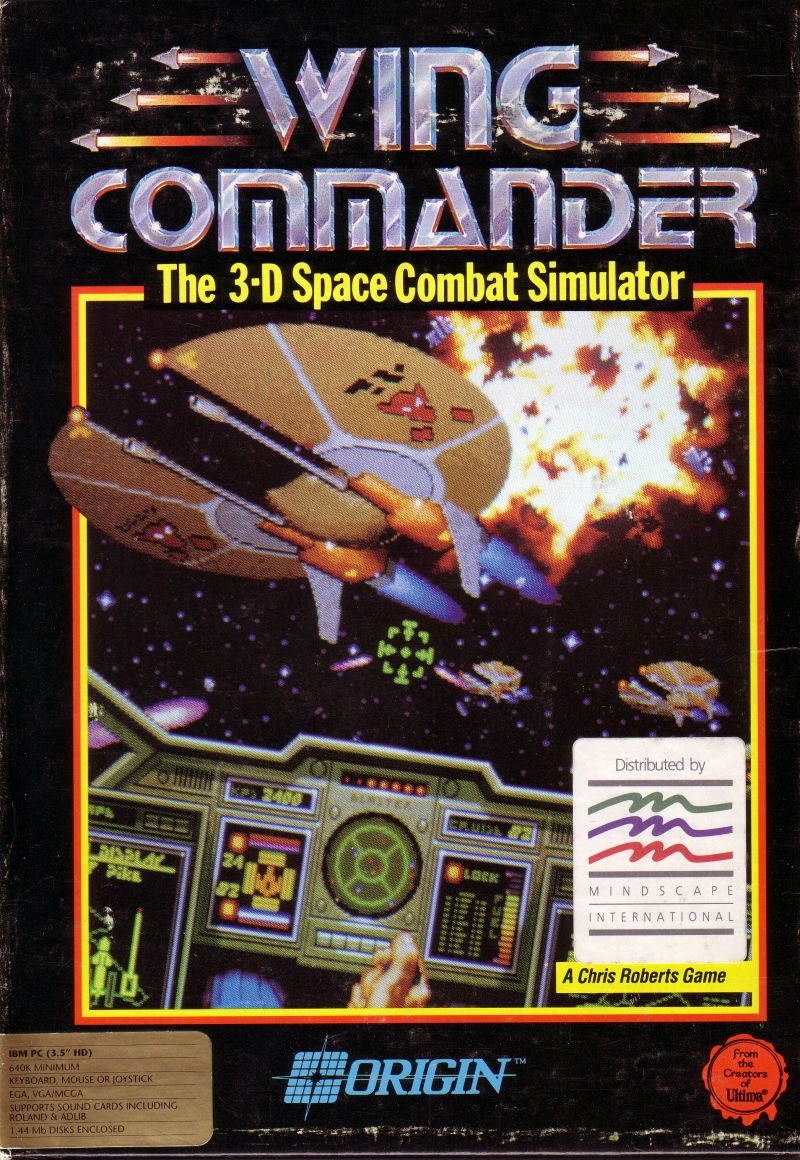 Released in 1990, Wing Commander is a fantastic 3D space shooter with a compelling storyline and groundbreaking graphics for its time.
Released in 1990, Wing Commander is a fantastic 3D space shooter with a compelling storyline and groundbreaking graphics for its time.
Wing Commander doesn't specify a minimum CPU but 12 MHz or higher is recommended, putting it in the 80286 category. It will happily run in 640 KB (547 KB free) but will make use of any further expanded memory you have if an EMS driver is loaded. Graphics-wise it supports EGA, Tandy, any 256-colour VGA/MCGA, and for music and sound effects you have the choice of PC Speaker, Ad Lib, Sound Blaster, or Roland MT-32.
These system requirements put it squarely in our era for some decent performance on this 386 PC. However, the game is known to be speed-sensitive (the way it's been written it can easily run too fast to the point of being unplayable on faster computers). Since the 80386 I have here is on the slow side (25 and 33 MHz were much more commonplace), it will be interesting to see how the game performs.
Verdict: 5/5 - I must say, it's like this game was built for the 386DX-20 - it's not too fast, and not too slow. In combat, gameplay is fluid without being jerky, and all other in-game animations are clean. An awesome pick for this PC.
Space Quest IV: Roger Wilco and the Time Rippers
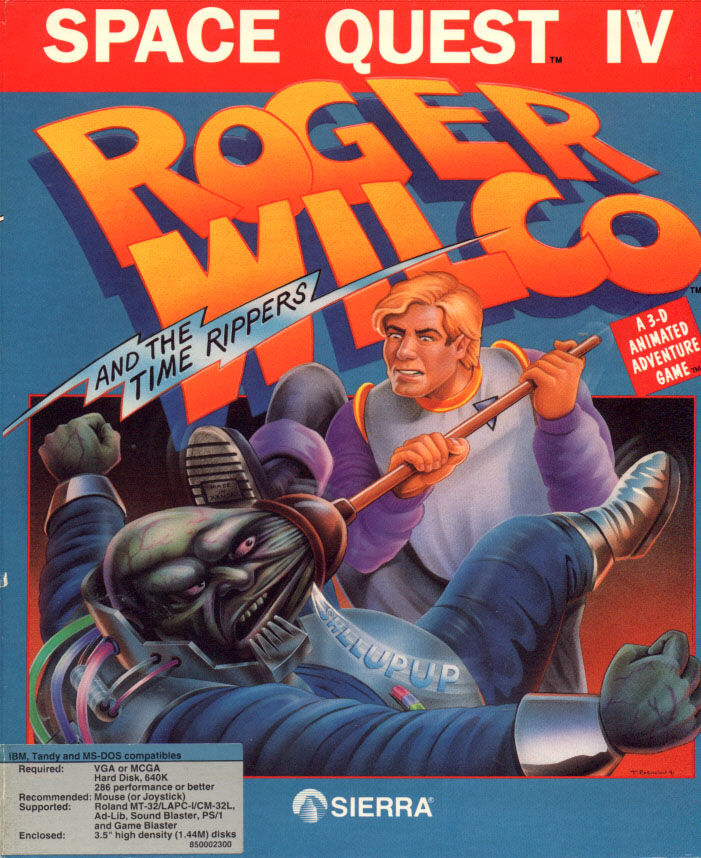 Sierra Online needs no introduction, and arguably one of their finest creations was this title, released in 1991.
Sierra Online needs no introduction, and arguably one of their finest creations was this title, released in 1991.
Space Quest 4, as a graphic action-adventure, is kind when it comes to minimum specs. It will run on as low as an 80286, but graphically it does ask for VGA or MCGA as a minimum. So far so good! I'm confident this game will again be right on the bullseye for running on our 386 PC !
Don't forget the good array of sound options this game provides, as it adds so much to the gameplay: Ad Lib and Sound Blaster of course are covered, but you also have Roland MT-32 or LAPC-I or the later CM-32L, plus the obscure IBM PS/1 and Game Blaster on the lower end.
Verdict: 5/5 - Yep, I can't fault the game on this 386. I have my MT-32 connected, and it's like going back to 1991 ! It plays superbly - no delays, no glitches, just good old fashioned story and fun.
Alone in the Dark
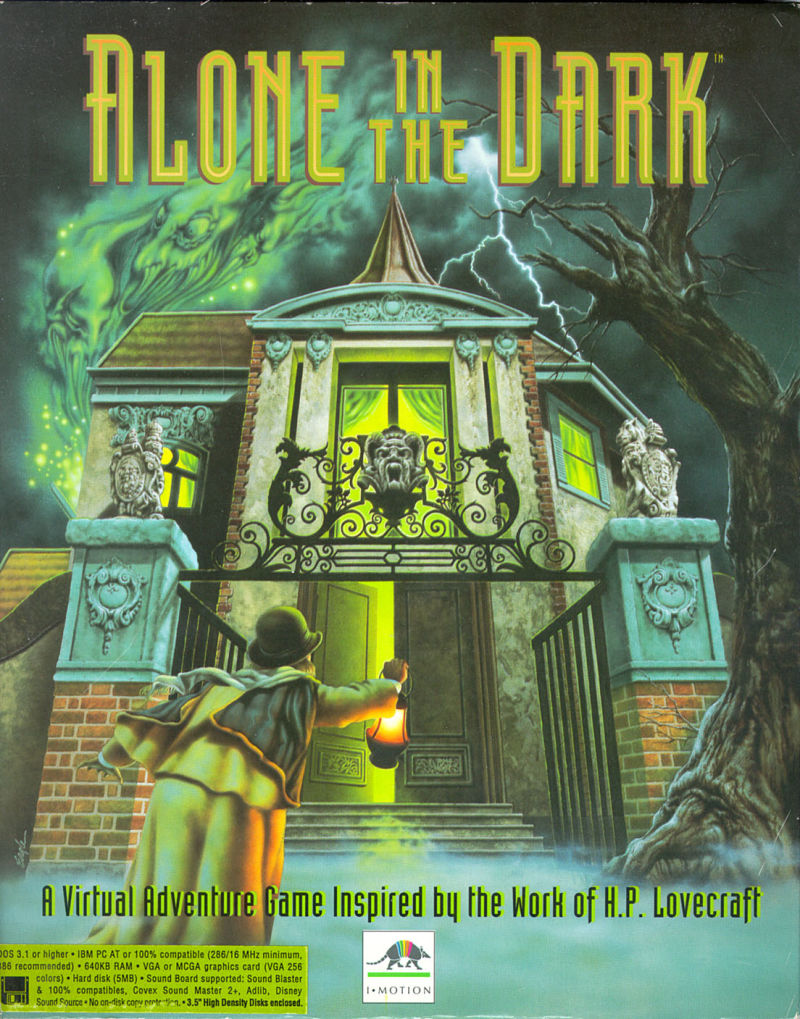 OK, now we're starting to push the envelope... a 1992 game like Alone in the Dark running on a 1985 CPU ?
OK, now we're starting to push the envelope... a 1992 game like Alone in the Dark running on a 1985 CPU ?
And yet the minimum system requirements on the box's sticker state this: "DOS 3.1 or higher, IBM PC AT or 100% compatible (286/16 MHz minimum, 386 recommended), 640 KB RAM, VGA or MCGA graphics card (VGA 256 colors), hard disk (5 MB), Sound Board supported: Sound Blaster & 100% compatibles, Covex Sound Master 2+, Adlib, Disney Sound Source, no on-disk copy protection".
I do believe we check all those boxes, so let's see how it performs (by the way, I was always hopeless at this game!)....
Verdict: 4/5 - I remember this game being sluggish to play on really good systems back in the day - I guess it's just the way the game engine's been written - it was a masterclass of coding for sure to recalculate and draw all those polygons on a 2D card, but is rather dated today - an amazing reference of how far we've come, but the game hasn't aged well in my opinion. Performance-wise though, I can't really mark this one down too much. It's completely playable with no obvious lag on the 386DX-20 with my Western Digital Paradise PVGA1A card.
King's Quest V: Absence Makes the Heart Go Yonder!
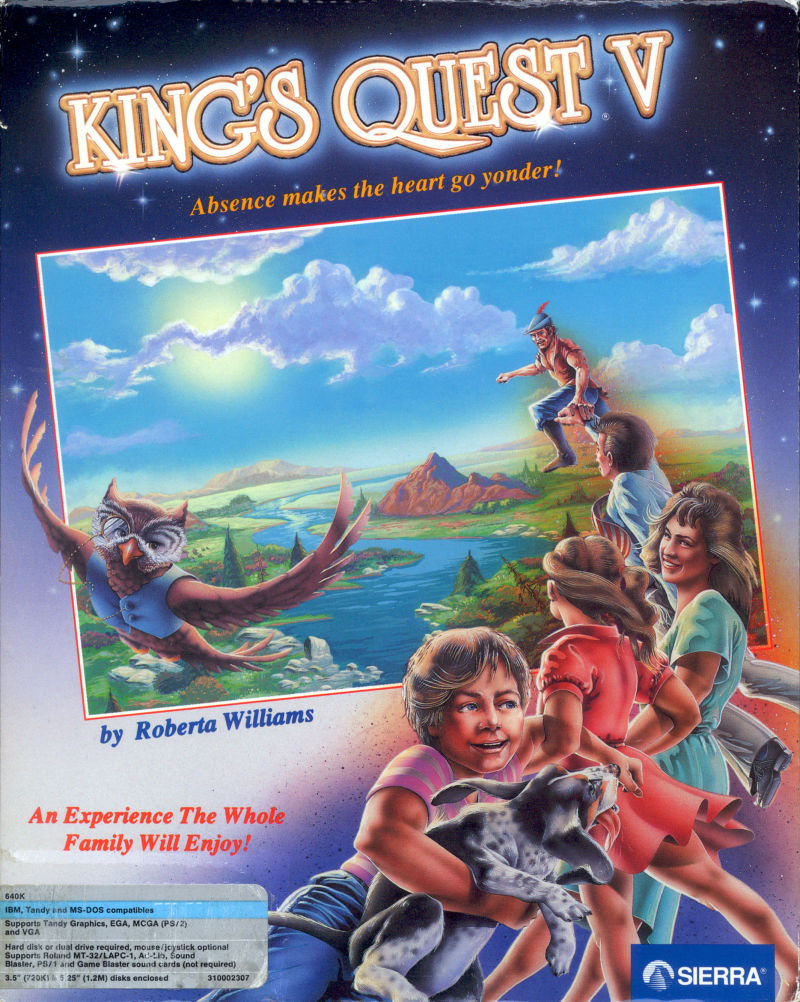 Ah, this game was so breathtakingly beautiful, both the art and musical score were enough to want to load it up, but add a great storyboard and it was a winner from the start.
Ah, this game was so breathtakingly beautiful, both the art and musical score were enough to want to load it up, but add a great storyboard and it was a winner from the start.
Specs for this 1990 game are 8088/8086 with 640 KB RAM, EGA or Tandy graphics as a minimum, but VGA/MCGA is the best. A plethora of audio options: PC speaker, Ad Lib, Sound Blaster, Tandy DAC, Tandy/PCjr, Thunderboard, CMS/Game Blaster, Disney Sound Source, PS/1 audio card, Roland MT-32 or LAPC-I.
So how does it perform on a 386? Let's find out:
Verdict: 5/5: Again, this game runs really nicely on the 386DX-20. Like SQ4, being an action-adventure with only so many moving parts on the screen at once, it's fairly light on resources which must help. A classic that must be played!
Doom
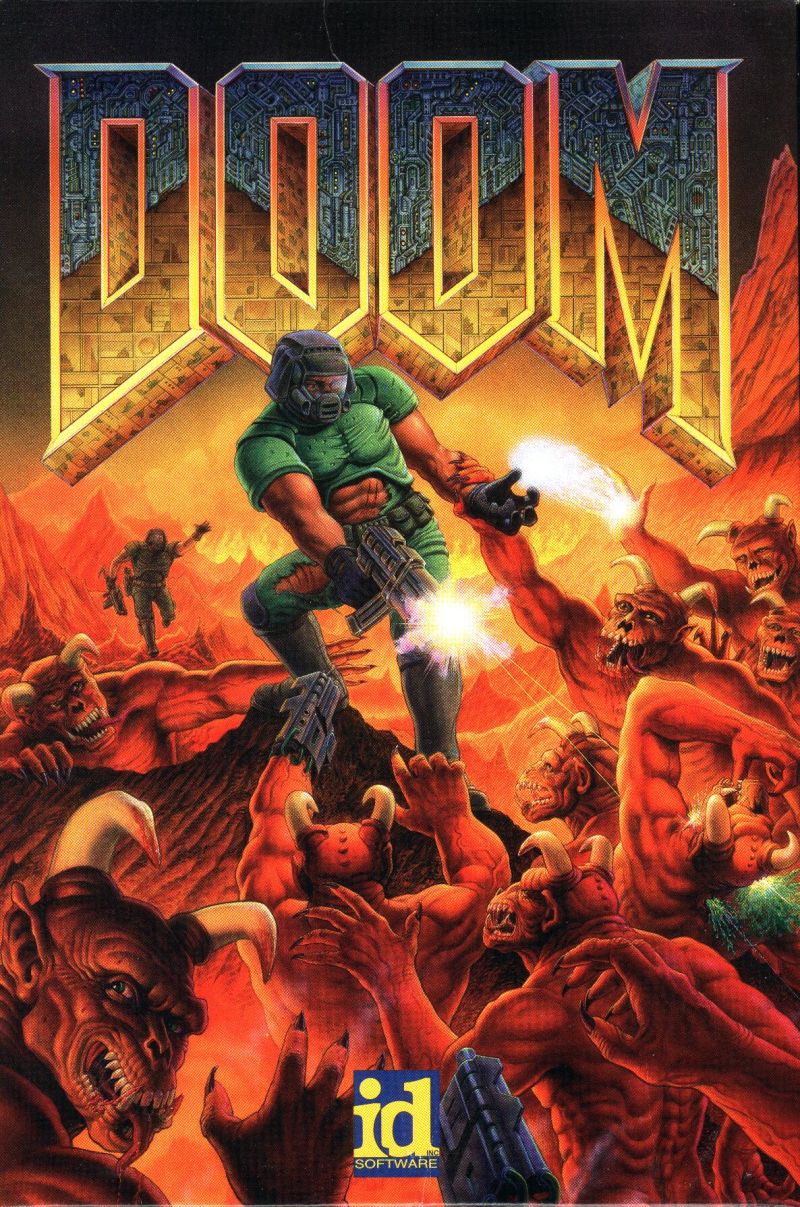 As I mentioned at the top of this page, Doom will 'physically' run on an 80386 computer, but is it enjoyable? I will be lazy here and refer you to Phil's video where he benchmarks Doom on his 386DX-40 where he achieves frame rates ranging from 6 to 22 fps, depending on window size and detail level (Doom had a great feature adopted from its predecessor Wolfenstein 3D where the window size could be shrunk down in order to improve the frame rate on slower computers. You could also run the game in high or low graphics detail modes to further tweak the gameplay experience.
As I mentioned at the top of this page, Doom will 'physically' run on an 80386 computer, but is it enjoyable? I will be lazy here and refer you to Phil's video where he benchmarks Doom on his 386DX-40 where he achieves frame rates ranging from 6 to 22 fps, depending on window size and detail level (Doom had a great feature adopted from its predecessor Wolfenstein 3D where the window size could be shrunk down in order to improve the frame rate on slower computers. You could also run the game in high or low graphics detail modes to further tweak the gameplay experience.
Put simply, Doom is best played on a 486 as a minimum.
Verdict: 0/5: In our case, DOS4/GW failed to even start, citing an invalid opcode error (we saw this same issue when trying to run the PCPlayer benchmark).
Comanche: Maximum Overkill
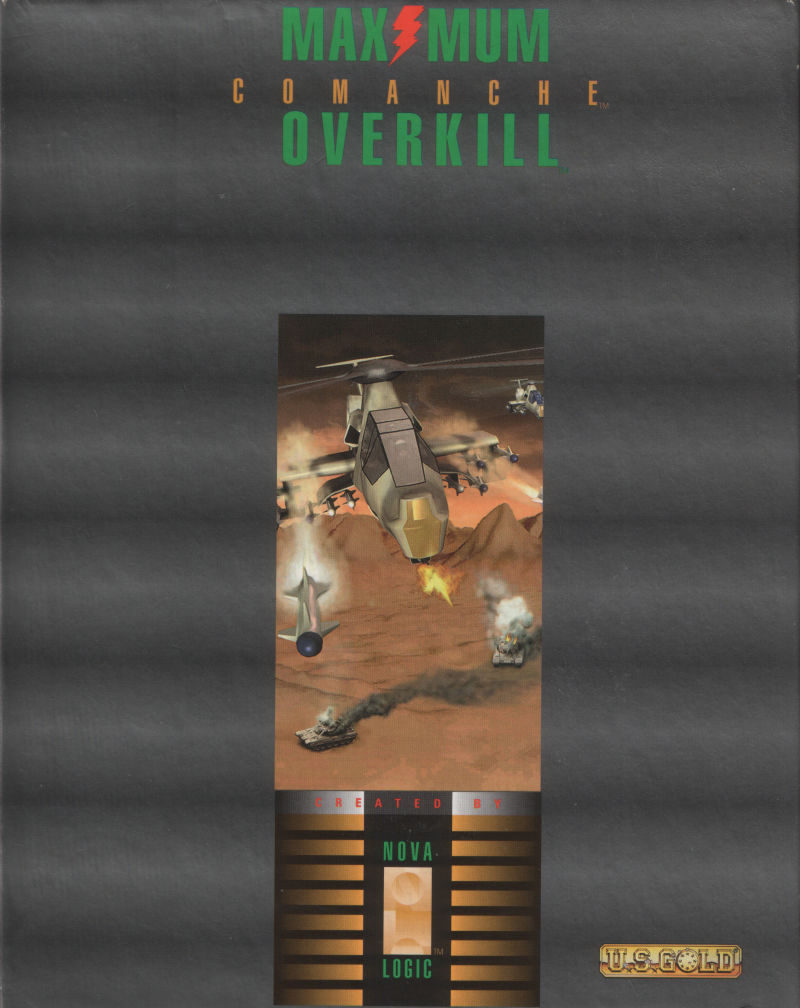 When Comanche arrived on the market, gamers were awestruck with the goraud-shaded landscapes using their "Voxel" engine - for possibly the first time in PC gaming history you could fly over authentic-looking terrain with every undulation popping out of the screen. It really was something to marvel, and helped put NovaLogic on the map in 1992.
When Comanche arrived on the market, gamers were awestruck with the goraud-shaded landscapes using their "Voxel" engine - for possibly the first time in PC gaming history you could fly over authentic-looking terrain with every undulation popping out of the screen. It really was something to marvel, and helped put NovaLogic on the map in 1992.
Comanche's minimum system requirements stipulate an 80386SX CPU, 4 MB RAM, and a VGA graphics card. Audio support is PC Speaker, Ad Lib, Sound Blaster and Roland MT-32 (or LAPC-I).
I think these requirements are fair but would have been disappointed if I had a 386SX-25 at home and bought this game. When running this on the 386DX-20 I have here, the game produced about 5 frames per second at best, so really unplayable. If you have a 386DX-33 or 40, I'm sure these would be closer to 15 frames per second which in my opinion makes it a playable game.
Verdict: 2/5 - For this slow 386 PC it's unplayable but for faster 386s it's worth giving it a shot. It really depends on whether you're the type of player who demands 25 fps as a minimum (if so, avoid this title completely if running a 386), or if you're prepared to play a game at 15 fps. In flight sims such as this, smooth graphics gaming is usually rather important, otherwise you'll be getting very frustrated. I'd put this game in the 486 category to ensure you get enjoyment from playing it.
Duke Nukem 3D
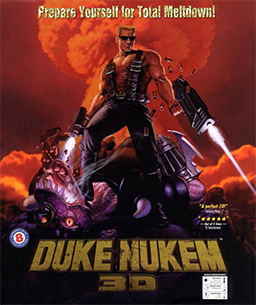 Duke Nukem 3D was released 11 years after the first 386 CPU, so you can imagine it being quite a stretch for this to even be compatible.
Duke Nukem 3D was released 11 years after the first 386 CPU, so you can imagine it being quite a stretch for this to even be compatible.
The minimum system requirements are an Intel 80486DX2 CPU, 8 MB of RAM, VGA or SVGA graphics that supports 8-bit colour depth (256 colours) and 25 MB of free disk space. Audio support is excellent, with PC Speaker, Tandy/PCjr, Ad Lib, Sound Blaster/16/Pro/AWE32, Ensonqie Soundscape, Disney Sound Source, Pro Audio Spectrum, General MIDI, Roland Sound Canvas and Gravis Ultrasound all being supported. That's about as fully supported as you can get!
Unfortunately, as I discovered in Part 3, DOS4/GW fails to run on this 386, and I'm really not sure why - my guess is the game uses 486 instructions. The synthetic benchmark PCPlayer failed with invalid opcode. Duke Nukem 3D, after I installed a further 4 MB of 30-pin SIMMs into banks 2/3 also failed with DOS4/GW reporting the same.
Verdict: 0/5
Day of the Tentacle (Maniac Mansion 2)
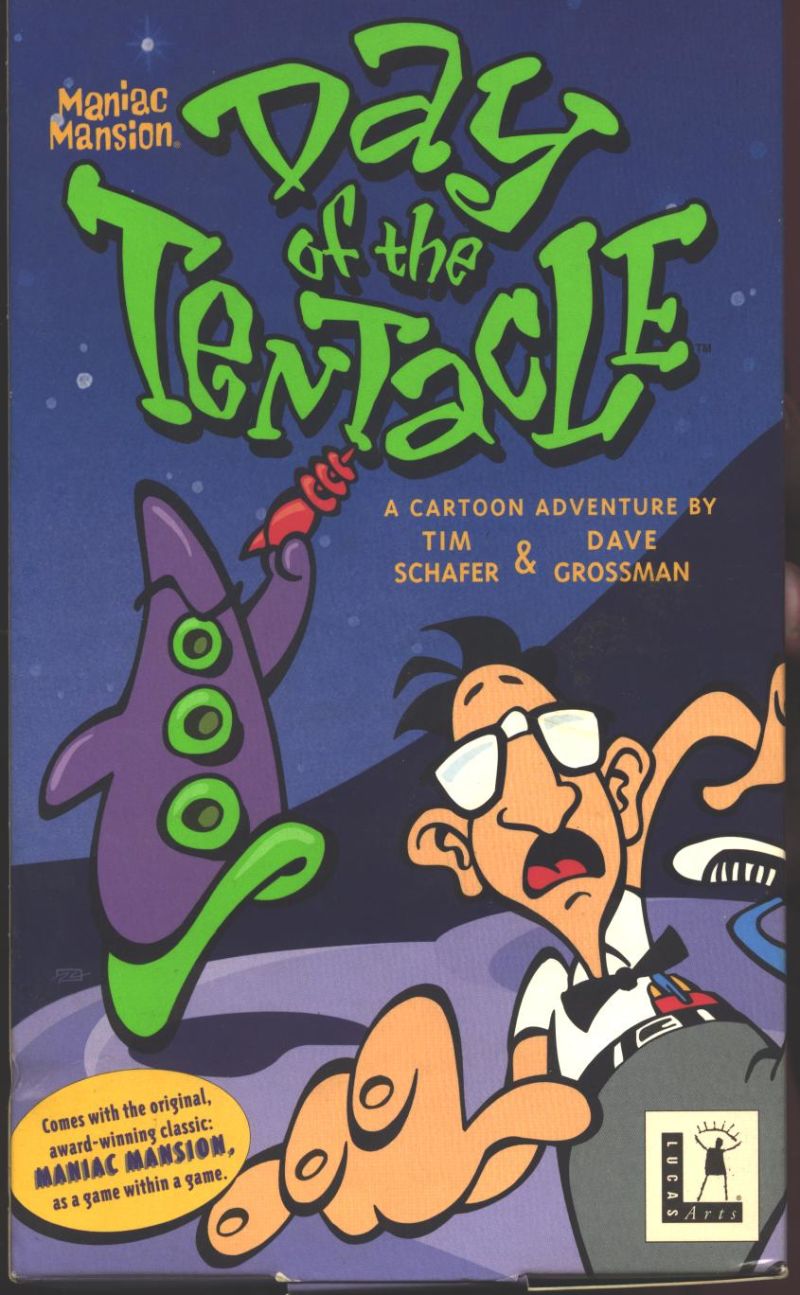 Tim Schafer, Ron Gilbert and Dave Grossman really put together one of the most memorable games with DOTT in 1993, featuring a hilarious storyline, great cartoony graphics and a musical score by Michael Land (also responsible for The Secret of Monkey Island).
Tim Schafer, Ron Gilbert and Dave Grossman really put together one of the most memorable games with DOTT in 1993, featuring a hilarious storyline, great cartoony graphics and a musical score by Michael Land (also responsible for The Secret of Monkey Island).
This game is another that is pretty forgiving when it comes to your PC's specs. According to the box, it requires a 286 with 640 KB RAM and a VGA card. The version I'm playing here is the original floppy disk version, not the later CD-ROM edition which was the full "talkie" version - this required a minimum of 2MB of Expanded Memory, so a 386 CPU was also required to run the expanded memory manager.
Verdict: 5/5 - I can attest to the above requirements. Since my PC is streets ahead of an 80286, this game plays very nicely indeed. This is definitely one you must have on your 386's hard disk! Smooth graphics animations and audio throughout - it didn't skip a beat.
F-117A Nighthawk: Stealth Fighter 2.0
 With F-117A, MicroProse had evolved their flight simulation engine from their earlier titles of F-19 Stealth Fighter (basically version 1.0 of this same game), and the earlier F-15 Strike Eagle games. F-117A was interesting in that it was entirely set at night, but with gradient effects for the horizon and ground terrain, the game took on a decent pre-dawn moody effect without it being overly dark to play - a bit of a gamble, but one that in my opinion worked, adding to the stealth theme.
With F-117A, MicroProse had evolved their flight simulation engine from their earlier titles of F-19 Stealth Fighter (basically version 1.0 of this same game), and the earlier F-15 Strike Eagle games. F-117A was interesting in that it was entirely set at night, but with gradient effects for the horizon and ground terrain, the game took on a decent pre-dawn moody effect without it being overly dark to play - a bit of a gamble, but one that in my opinion worked, adding to the stealth theme.
F-117A officially requires an 80286 with 640 KB of RAM. Graphics support for EGA was retained, but VGA and MCGA are preferred. Sound support is minimal for a 1991 title: PC speaker, Ad Lib, and Roland MT-32 or LAPC-I only.
These MicroProse flight sims were developed with efficiency in mind, so they naturally ran pretty good, and if they didn't the game had a variety of detail levels to help out on slower systems (press Alt-D while flying to adjust the detail level)
Verdict: 4/5 - On my 386DX-20, the game runs adequately in the highest detail level of 3, and even more smoothly in the lower detail levels. With faster 386 CPUs like the 25, 33 and even 40 MHz variants, you'll enjoy very smooth gameplay at the highest detail level.
The Elder Scrolls: Arena
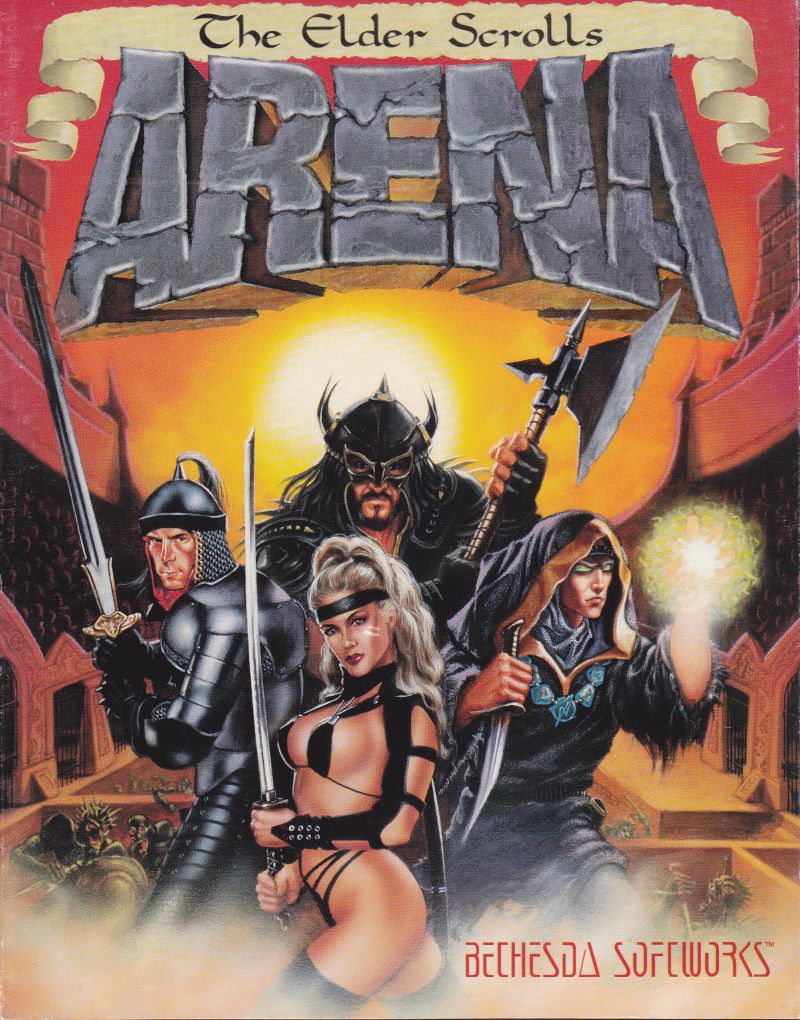 The first game in the Elder Scrolls series that is still going today, this game should be a tough test for my 386.
The first game in the Elder Scrolls series that is still going today, this game should be a tough test for my 386.
The minimum system requirements are apparently an Intel 80386 CPU with 4 MB of RAM and a VGA card. Sounds exactly like what I have, right? Yes it will run, but this is a 1994 game - quite late for a 386 - not to mention the fact it's a 3D game, which adds a ton of additional computational strain on the CPU.
Verdict: 1/5 - Sadly, my 386DX-20 played this game at about 3 fps. This is a case in point as to why reading the minimum system requirements is so important - simply do not buy the game if that's all you have - it won't be a positive experience. Furthermore, the Compact Flash card I'd setup was incredibly slow - it took literally several minutes to load the game once I'd chosen my character stats and appearance. On a faster CF card and a maxed out 386, it might be just about playable, but I seriously think this one should be 486 as a minimum.
Verdict: 0/5
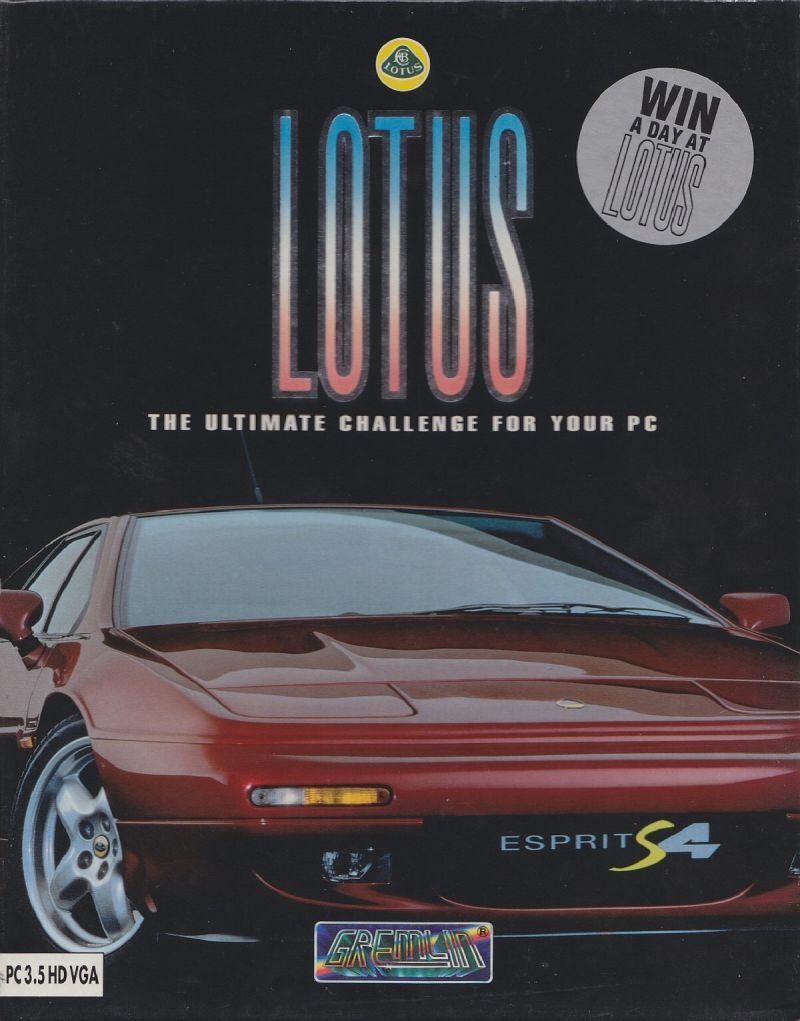 Lotus III: The Ultimate Challenge
Lotus III: The Ultimate Challenge
Now many might remember this game on the Commodore Amiga. Well, it was ported to the PC in 1993 with just a few differences from its forebear. It has the 2-player split screen functionality as well as the RECS track/weather editor, both of which I feel made this game the success it was.
The game requires an 80286 12 MHz CPU and will run in just 640 KB RAM. It does require a VGA card.
Verdict: 5/5: Lotus 3 ran superbly! Great fun, with no lag or graphics shearing, you get a fun arcade game for one or two players on a cheap PC.
Heretic
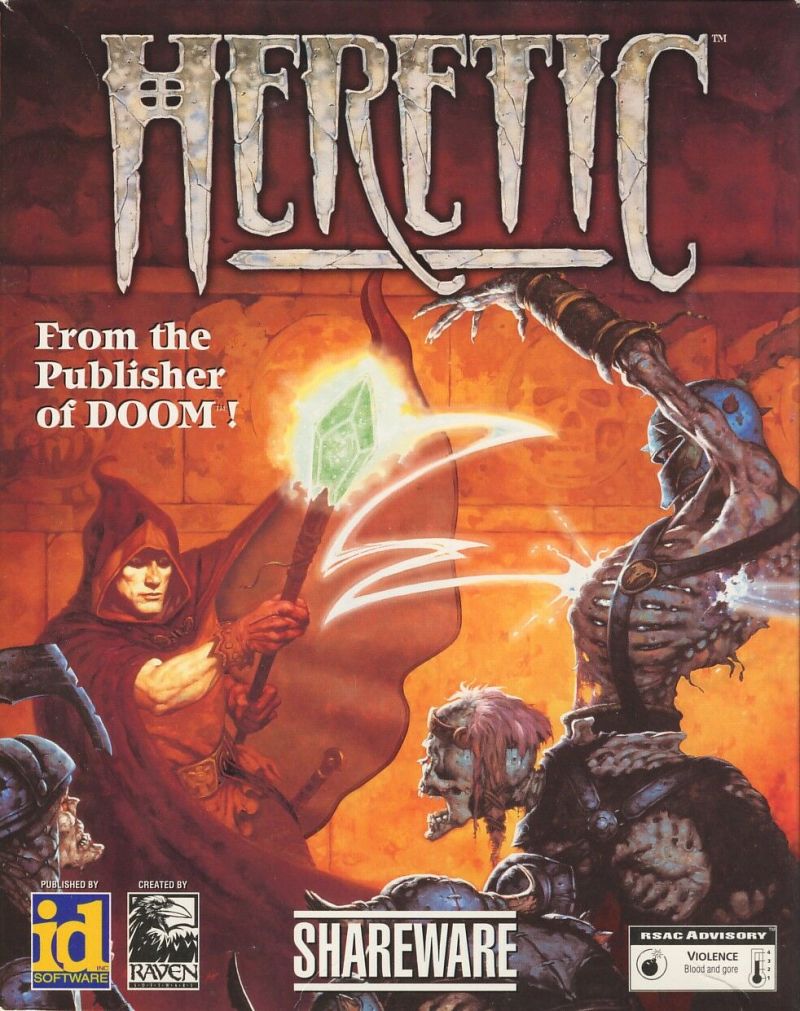 Heretic was created by Raven Software and published by id Software in 1994. It used the same engine as Doom, so as I discovered with Doom, this won't run well on this 386DX-20.
Heretic was created by Raven Software and published by id Software in 1994. It used the same engine as Doom, so as I discovered with Doom, this won't run well on this 386DX-20.
The minimum system requirements claim to be Intel 80486, 4 MB of RAM, and VGA graphics. Audio support is fantastic, offering Ad Lib, Sound Blaster, Sound Blaster AWE32, Wave Blaster, Pro Audio Spectrum, Gravis Ultrasound, General MIDI, and Roland Sound Canvas.
Unfortunately, as I discovered in Part 3, DOS4/GW fails to run on this 386. Upon startup I get a nice screen giving me a status update on how far the game has got through its loading process, but it hangs immediately. Having said that, this title would be a step too far for almost any 386 PC, so probably not worth even trying.
Verdict: 0/5
Knights of the Sky
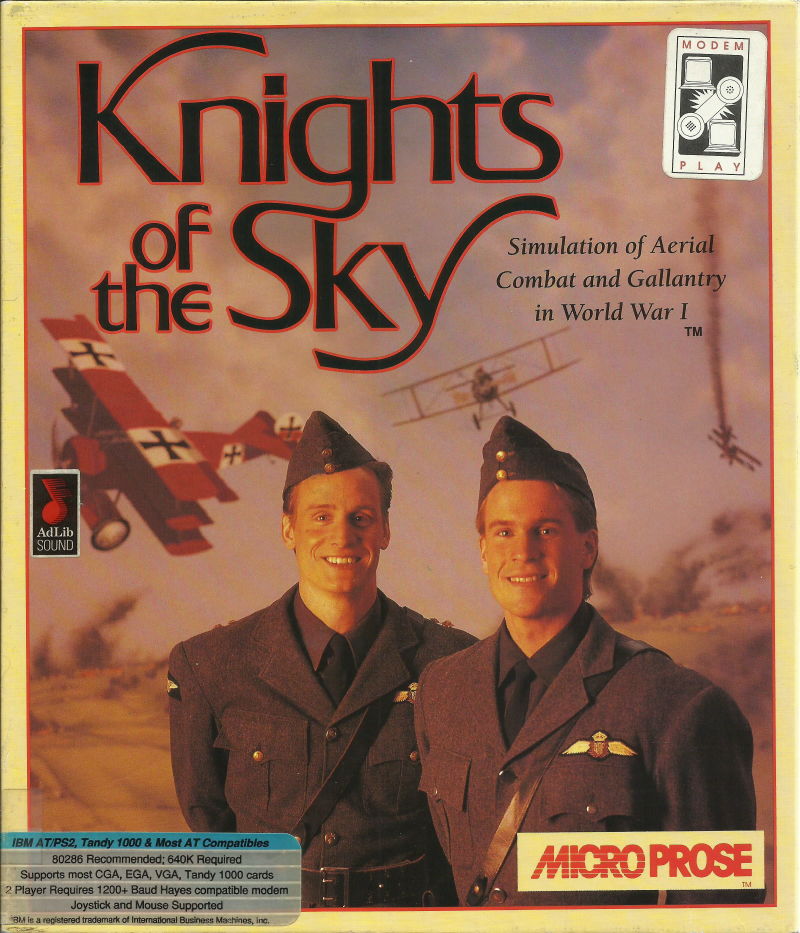 This MicroProse game came out around the same time as Dynamix' Red Baron - both offering a semi-casual flight simulator model set around World War 1.
This MicroProse game came out around the same time as Dynamix' Red Baron - both offering a semi-casual flight simulator model set around World War 1.
It's a 1990 game, so we should be in a good place running this on the 386.
The minimum system requirements are Intel 80286 CPU, 640 KB RAM, and graphics ranging from CGA and Tandy/PCjr up to VGA/MCGA. Audio support is ok for 1990, offering PC speaker, Tandy/PCjr, Ad Lib, and Roland MT-32 / LAPC-I.
As with other MicroProse flight sims, you can alter the detail level of the in-game graphics with Alt-D. There are 5 levels to choose from.
Verdict: 4/5 - Overall the game runs nicely. It's a little clunky but that may well be by design, since WW1 aircraft were quite primitive and so weren't as manouverable (I'm not very familiar with this game). I did try reducing the detail level but it made only a slight difference to the frame rate. I was getting around 15 fps on the highest detail level, and probably 20 on the lowest.
Board Clean-Up
That corrosion isn't good and will eventually eat away at the whole board - I'm actually quite surprised the motherboard is still able to start up with this amount of damage. It must be just on the surface, so I'll clean it up using isopropyl alcohol and cotton buds.
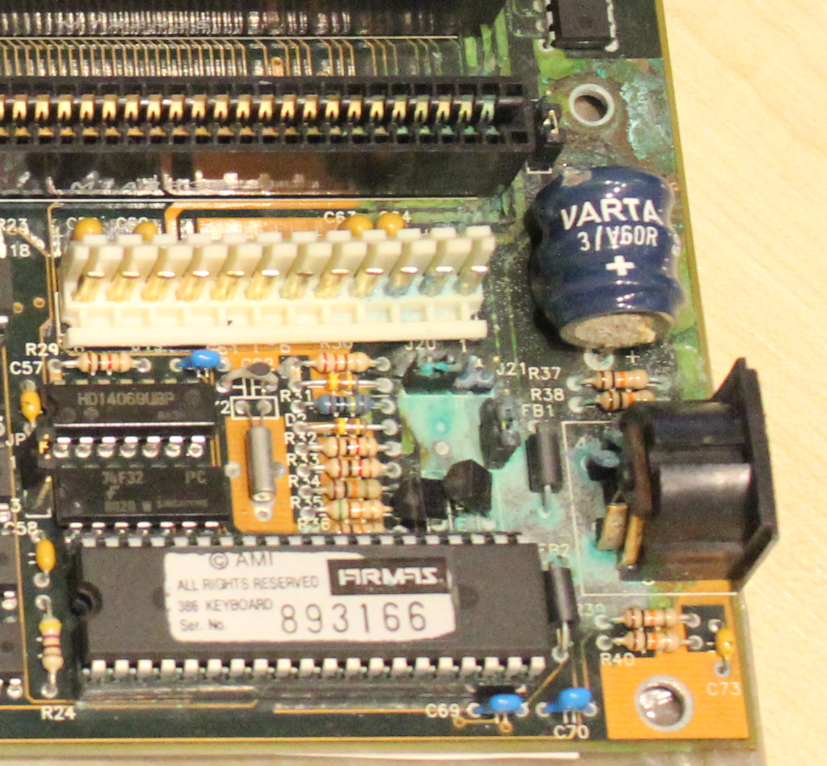
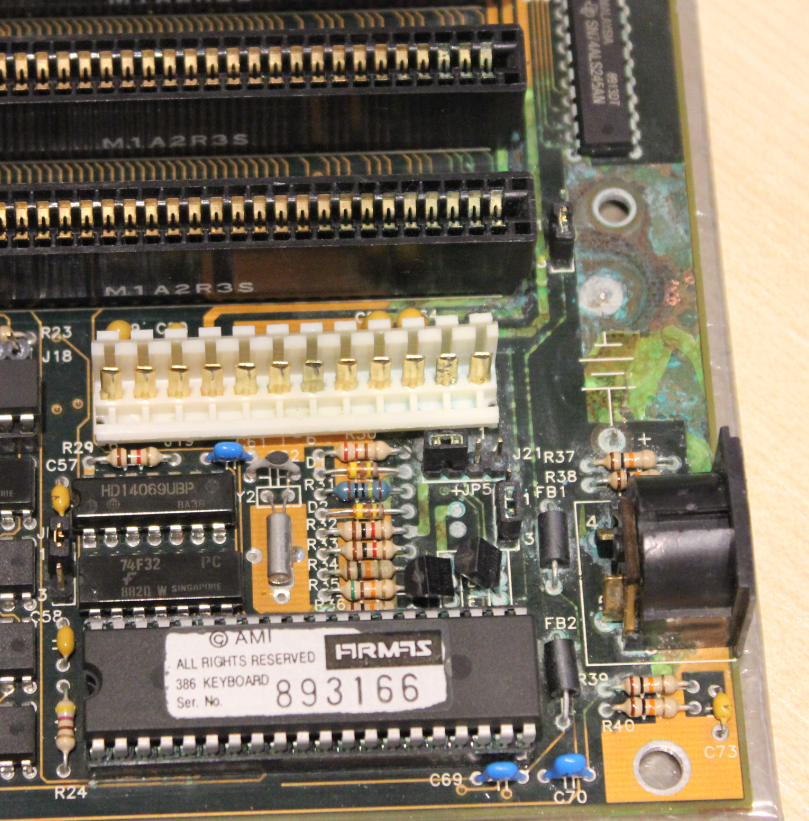
Before (left) and After (right) Some Cleaning !
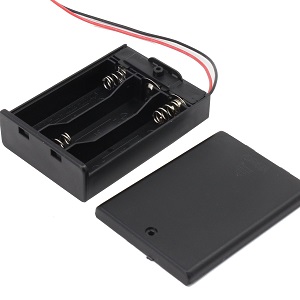 The right-hand picture above is after a first-pass of cleaning - I will go over it again, this time with a soft toothbrush and isopropyl alcohol or a watered-down baking soda mix (which acts as an abrasive) to remove the final spots of corrosion around the component legs. Finally a 50/50 mix of white vinegar and water to neutralise any remaining acid from the battery and a rinse with distilled water.
The right-hand picture above is after a first-pass of cleaning - I will go over it again, this time with a soft toothbrush and isopropyl alcohol or a watered-down baking soda mix (which acts as an abrasive) to remove the final spots of corrosion around the component legs. Finally a 50/50 mix of white vinegar and water to neutralise any remaining acid from the battery and a rinse with distilled water.
I used a set of pliers to unclip the old 3.6V Varta battery that was leaking, leaving the posts in place. This is safer than desoldering and potentially lifting the copper tracks. I then soldered in a battery box that can hold 3 AA rechargeable or alkaline batteries, each of 1.2V. The Varta battery is of type 3/V60R, which is a 3.6V.
These battery boxes are great as you can trail the wires from it out the back of your PC case (perhaps use velcro to stick the box to the back of the PC), and if you use rechargeable batteries the voltage is precisely what the motherboard expects - 3 x 1.2V = 3.6V.
I'm not sure how long a set of 3 rechargeable batteries will last but the board is designed to recharge the battery while it's on so it should have a decent lifetime. I'll write down the most important BIOS settings on the back of the battery box anyway, like the hard disk's number of cylinders, heads and sectors per track. One advantage of using an external battery box is that you can exchange batteries while the PC is running with no impact to the stored data in the CMOS.
Similar Motherboards
Checking online for similar boards, this one is quite similar to the Elitegroup ECS-386/32. They share the same chipset and BIOS, and the overall layout is not that far off, so if no further details can be gleaned on this particular C&T board, the manual for the ECS-386/32 is here. A specific ECS-386/32 I found online has the same identical AMI BIOS date as this one (03/03/89), so if a replacement BIOS ROM is required, a dump from the ECS-386/32 can be found here.












